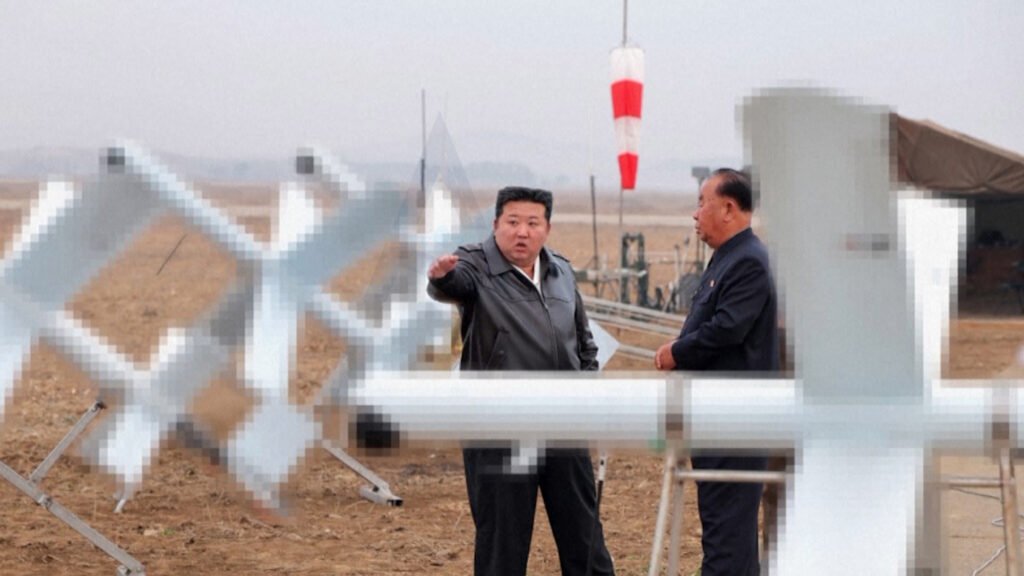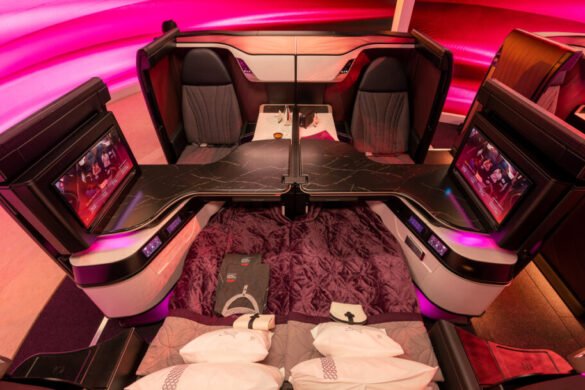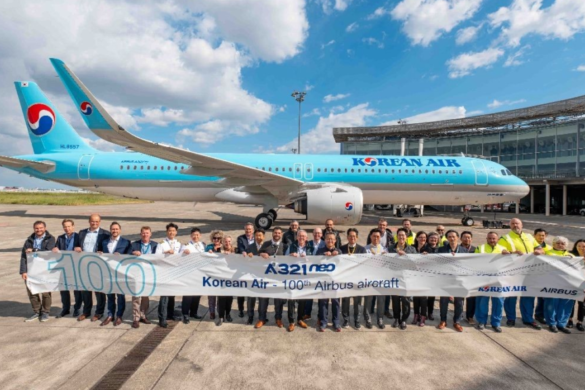In a significant escalation of North Korea’s military capabilities, leader Kim Jong Un has ordered the mass production of kamikaze drones, also known as one-way attack uncrewed aerial vehicles (UAVs). During a visit to an exercise range, Kim observed tests of these drones in action and made the announcement, underscoring his regime’s growing focus on expanding its aerial warfare arsenal.
Kamikaze drones, which are designed to deliver explosive payloads by crashing into their targets, have become a key component of modern asymmetric warfare. The decision to mass-produce these UAVs marks a pivotal moment for North Korea’s defense strategy, as the country continues to invest in unmanned technologies and precision strike capabilities.
The development comes at a time when North Korea is deepening its military ties with Russia, with both nations reportedly increasing cooperation on drone technology. These advancements are likely to have far-reaching consequences, particularly in the context of the ongoing war in Ukraine. With Russia seeking new avenues to enhance its military operations, North Korea’s kamikaze drones could potentially play a role in the conflict, marking the first time that North Korean UAVs could be deployed in international warfare.
The collaboration between North Korea and Russia extends beyond drones, with both countries discussing joint projects aimed at strengthening their military ties in response to growing pressure from the West. This partnership highlights a concerning trend in global geopolitics, with authoritarian regimes increasingly aligning their defense technologies and strategies.
For North Korea, the push for mass production of kamikaze drones reflects the country’s broader goal of enhancing its deterrence capabilities and modernizing its military forces. The drones provide a cost-effective way to conduct precision strikes, potentially overwhelming more advanced air defense systems with swarming tactics.
Kim’s announcement comes as North Korea continues to advance its missile and nuclear programs, further complicating the security landscape in the region. The production and potential deployment of kamikaze drones, alongside the country’s growing collaboration with Russia, signal an intensification of military activities that could have significant implications for regional stability.
As North Korea moves forward with the mass production of these drones, the international community will be closely monitoring their potential use in conflict zones, especially in Ukraine. The involvement of North Korean UAVs in the war could further complicate diplomatic efforts and heighten tensions between NATO members, Russia, and countries in the Asia-Pacific region.



